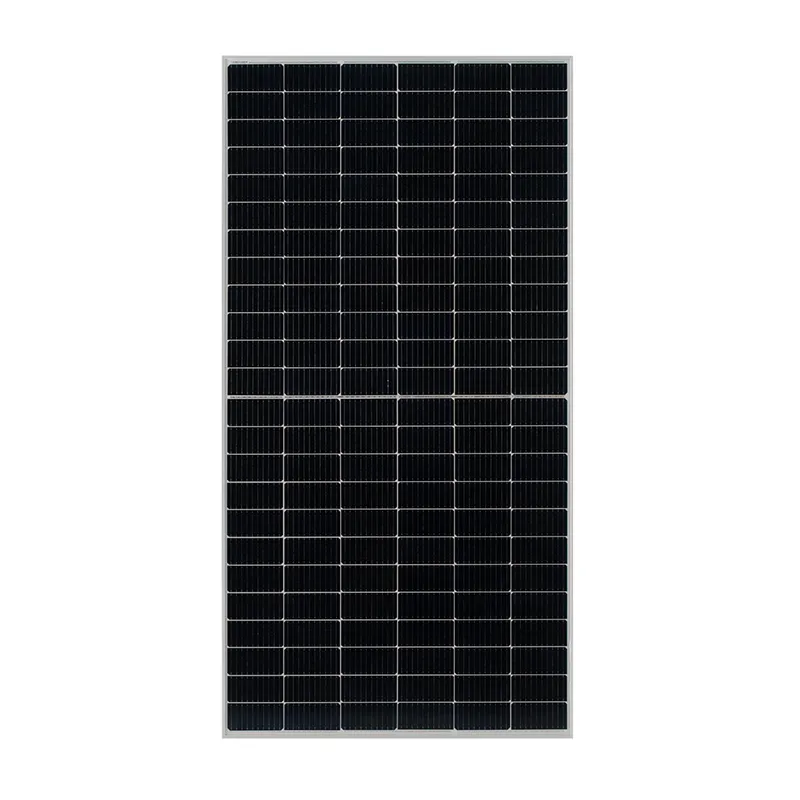average size of solar panel system
The Average Size of Solar Panel Systems Understanding Your Energy Needs
As the world increasingly turns toward renewable energy sources, solar power stands out as a viable and popular option. Homeowners and businesses alike are looking to harness the sun's energy through solar panel systems. However, one question frequently posed by potential adopters is What is the average size of a solar panel system? Understanding the average size can help individuals make informed decisions about their energy needs, installation costs, and potential savings.
What Determines the Size of a Solar Panel System?
The size of a solar panel system primarily depends on several key factors, including energy consumption, available space for installation, budget constraints, and regional solar radiation levels. Typically, smaller residential systems range from 4 kW to 10 kW in capacity, while larger commercial installations can exceed 100 kW.
1. Energy Consumption One of the most critical determinants is the amount of electricity that a household or business typically consumes. Homeowners can monitor their electricity bills to ascertain average monthly usage in kilowatt-hours (kWh). A general rule of thumb is that a 1 kW solar panel system can produce around 1,200 to 1,600 kWh annually, depending on the geographic location and solar exposure. Therefore, a home with a monthly electricity bill of $100, for example, would likely require a system size of approximately 5 to 7 kW.
2. Available Space The size of the roof or the area available for ground-mounted panels also influences the system’s size. Standard residential solar panels are about 65 inches by 39 inches and can vary in efficiency. Typically, a 6 kW system requires about 400 square feet of roof space (depending on the panel efficiency). Homeowners need to consider the orientation and shading of their roofs to optimize solar production.
3. Regional Solar Radiation Levels The insolation, or solar radiation exposure in a given area, plays a crucial role in determining how many panels are needed. Regions with ample sunshine require fewer panels compared to those with less sun exposure. For instance, a home in California may only require a 5 kW system to meet its energy needs, while a similar home in Washington might need an 8 kW system.
4. Budget Constraints Finally, financial considerations can dictate the size of the solar panel system. While larger systems have the potential to provide more energy and may lead to greater long-term savings, they also come with higher installation costs. Homeowners must weigh initial investment against potential utility bill savings and federal/state incentives.
average size of solar panel system

Benefits of Understanding Average System Size
By understanding the average size of solar panel systems in relation to their energy needs, individuals can benefit in several ways
- Cost Efficiency Knowing the right system size allows homeowners to avoid over- or under-sizing their solar installation. An adequately sized system maximizes efficiency and minimizes unnecessary spending.
- Energy Independence A properly sized system can significantly reduce or even eliminate electricity bills, granting homeowners greater energy independence and security.
- Environmental Impact By opting for the correct solar panel system size, users can contribute actively to reducing carbon emissions and promoting sustainability.
- Informed Decisions Understanding system sizes helps in comparing quotes from solar installation companies and comprehending potential energy production, thus allowing for better financial planning.
Conclusion
Determining the average size of a solar panel system involves a multifaceted approach, accounting for energy needs, available space, regional climate, and budget constraints. As solar technology advances and becomes more accessible, understanding these factors helps homeowners and businesses make informed decisions about their solar investments. In turn, these decisions can lead to reduced energy costs and a smaller carbon footprint, contributing to a greener tomorrow. If you’re considering making the switch to solar, consulting with a reliable solar energy provider can further clarify how to size your system accurately, tailored to your specific needs.
-
Unlocking Energy Freedom with the Off Grid Solar InverterNewsJun.06,2025
-
Unlock More Solar Power with a High-Efficiency Bifacial Solar PanelNewsJun.06,2025
-
Power Your Future with High-Efficiency Monocrystalline Solar PanelsNewsJun.06,2025
-
Next-Gen Solar Power Starts with Micro Solar InvertersNewsJun.06,2025
-
Harnessing Peak Efficiency with the On Grid Solar InverterNewsJun.06,2025
-
Discover Unmatched Efficiency with the Latest String Solar InverterNewsJun.06,2025







